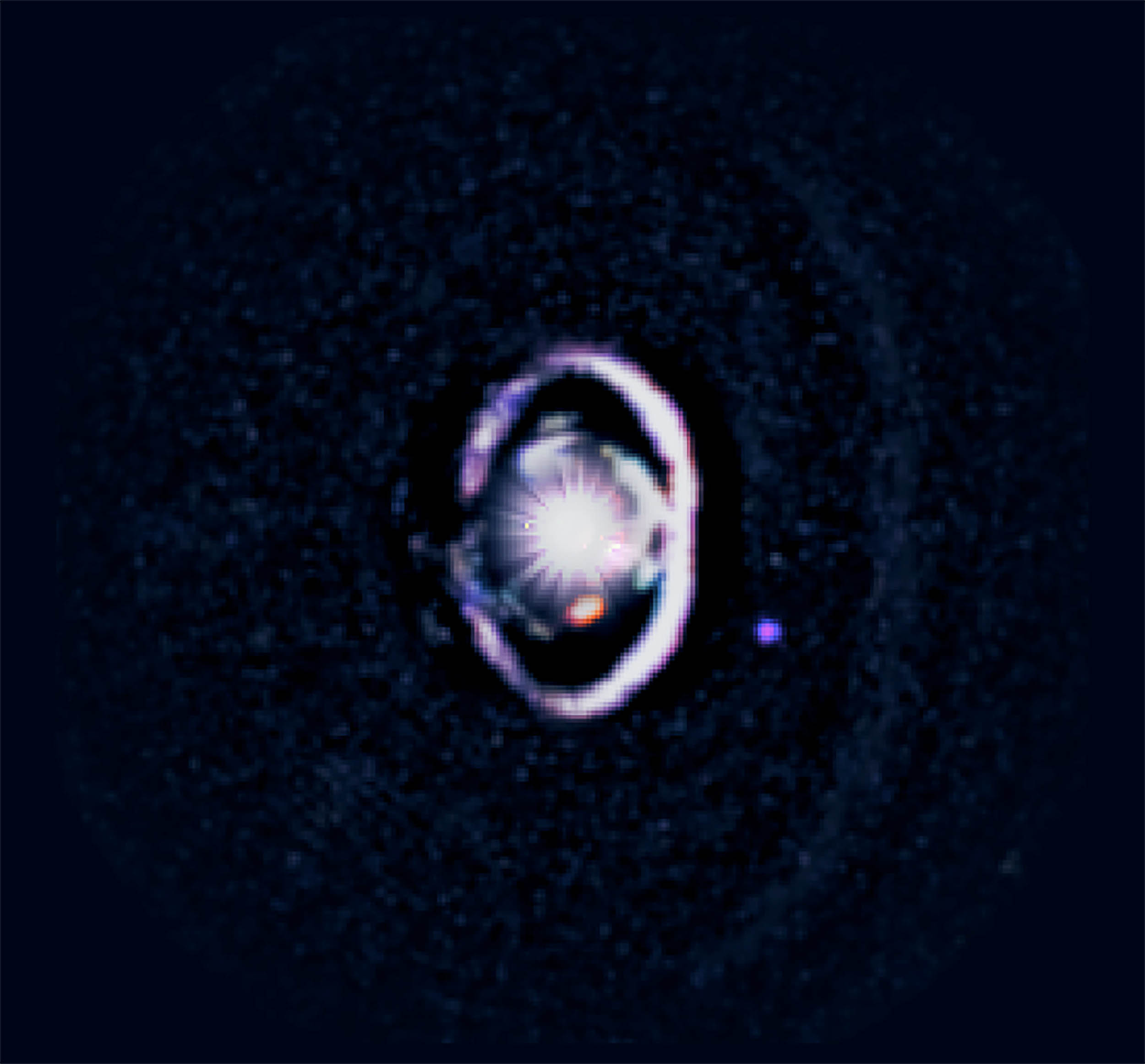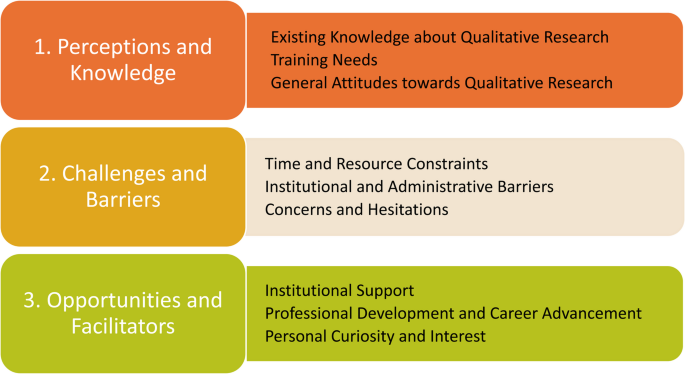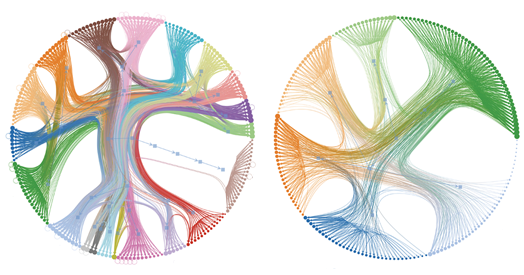Astronomers have, for the first time, caught a growing planet “parked” inside the dark lane of a multi-ringed disk of dust and gas – the exact kind of gap long suspected to be sculpted by newborn worlds.
The object orbits a young Sun-like star called WISPIT-2, and its light betrays a world still gulping hydrogen as it builds itself up.
WISPIT-2 and dust disk gaps
For years, high-contrast images of planet-forming disks have shown bright rings split by shadowy gaps.
The prevailing idea was simple: protoplanets plow lanes, like snowplows in fresh powder. But almost no planets had ever been found sitting inside those gaps, leaving room for doubters.
“Dozens of theory papers have been written about these observed disk gaps being caused by protoplanets, but no one’s ever found a definitive one until today,” said lead author Laird Close, a professor of astronomy at the University of Arizona.
Professor Close calls the WISPIT-2 discovery a “big deal” because planets have often been absent in places where they should be.
This gap has prompted many in the scientific community to invoke alternative explanations for the ring-and-gap pattern found in many protoplanetary disks.
“It’s been a point of tension in astronomy that we have these really dark gaps, but we cannot detect the faint exoplanets in them,” he said. “Many have doubted that protoplanets can make these gaps, but now we know that in fact, they can.”
Instruments that found WISPIT-2
Together with Richelle van Capelleveen from Leiden Observatory, Professor Close and his team carried out their observations using several world-class telescopes.
They relied on the MagAO-X extreme adaptive optics system mounted on the 6.5-meter Magellan Telescope in Chile.
The experts also used the twin 8.4-meter Large Binocular Telescope in Arizona, along with ESO’s Very Large Telescope in Chile.
MagAO-X – short for Magellan Adaptive Optics System eXtreme – cancels the blur of Earth’s atmosphere in real time. That yields razor-sharp images at visible wavelengths, where the best clues to newborn planets lie.
Spotting a newborn world
The hunt focused on a specific beacon: hydrogen-alpha, or H-alpha, a deep-red wavelength emitted by super-hot hydrogen plasma. When gas free-falls onto a growing world, the impact can heat it enough to shine at H-alpha.
“As planets form and grow, they suck in hydrogen gas from their surroundings, and as that gas crashes down on them like a giant waterfall coming from outer space and hits the surface,” Close explained. “It creates extremely hot plasma, which in turn, emits this particular H-alpha light signature.”
MagAO-X is specially designed to look for hydrogen gas falling onto young protoplanets, and that’s how we can detect them.
A second, even closer-in candidate emerged inside the central cavity between the star and the inner edge of the disk.
“Once we turned on the adaptive optics system, the planet jumped right out at us,” said Close, who called this one of the more important discoveries in his career.
Inside WISPIT-2’s new planet
The outer object is designated WISPIT-2b. It sits about 56 astronomical units from the star – well beyond the orbit of Neptune if transplanted into our solar system. Modeling suggests a mass of roughly five Jupiters.
The team flagged candidate CC1 inside the cavity, about 14-15 AU out, with roughly nine Jupiter masses. Those masses were inferred in part from thermal infrared data gathered at the Large Binocular Telescope by UArizona graduate student Gabriel Weible.
“It’s a bit like what our own Jupiter and Saturn would have looked like when they were 5,000 times younger than they are now,” Weible said. “The planets in the WISPIT-2 system appear to be about 10 times more massive than our own gas giants and more spread out.”
“The overall appearance is likely not so different from what a nearby ‘alien astronomer’ could have seen in a ‘baby picture’ of our solar system taken 4.5 billion years ago.”
The disk itself is elaborate: four bright rings, four dark gaps, and likely two planets shaping them. The geometry matches decades of theory on how embedded worlds tug on dust and gas to carve lanes.
“Our MagAO-X adaptive optics system is optimized like no other to work well at the H-alpha wavelength, so you can separate the bright starlight from the faint protoplanet,” Close said.
Discovery confirmed in infrared
In a companion paper, van Capelleveen and colleagues at the University of Galway report detecting the planet in thermal infrared light and detailing the rings with the VLT’s SPHERE instrument. This independent window on the same system bolsters the H-alpha find.
“To see planets in the fleeting time of their youth, astronomers have to find young disk systems, which are rare because that’s the one time that they really are brighter and so detectable,” van Capelleveen said.
“If the WISPIT-2 system was the age of our solar system and we used the same technology to look at it, we’d see nothing. Everything would be too cold and too dark.”
WISPIT-2 as a turning point
Until now, every directly imaged “accreting” protoplanet had turned up in the inner cavity of a disk, not inside a true gap. Skeptics argued that rings could arise without planets, via magnetic fields or dust chemistry.
Seeing a bona fide, gas-gobbling world embedded in a gap closes that loop: the long-suspected planet–gap connection holds in at least one textbook case.
The broader stakes are high. Our solar system began as a similar disk 4.5 billion years ago.
Pinning down where and how protoplanets sit in those disks – and catching them while they are still feeding – lets astronomers test models of how giants like Jupiter and Saturn assembled.
These findings also reveal how the planets sculpted debris and set the stage for the smaller rocky worlds inside.
With MagAO-X and other extreme adaptive optics systems now tuned to H-alpha and the infrared, more targets will follow. The gaps may not stay empty for long.
The study is published in The Astrophysical Journal Letters.
—–
Like what you read? Subscribe to our newsletter for engaging articles, exclusive content, and the latest updates.
Check us out on EarthSnap, a free app brought to you by Eric Ralls and Earth.com.
—–








